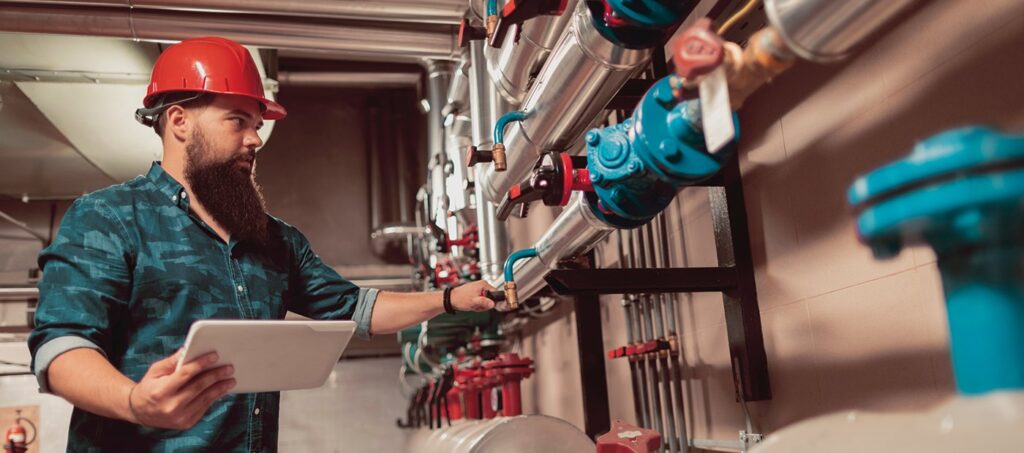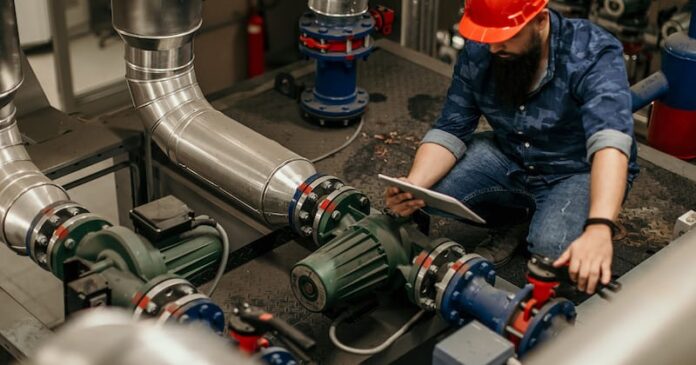Facilities can be expensive to maintain and run. Although this shouldn’t be an unpleasant surprise, the dirty little secret to maintaining facilities is that typically there’s not enough money to cover all the repairs and maintenance that occur during a particular year. Maintenance tasks that cannot be accomplished are referred to as “deferred maintenance.”
Deferred maintenance is a significant issue that every facility team faces regardless of industry and the number of buildings to manage or budgets they’re working with. While the maintenance may not be completed by today, it doesn’t mean it’s put under the carpet. Deferred maintenance needs a specific plan and a proper strategy to ensure it does not cause major problems. When it’s done correctly, customers, guests, and customers are entirely unaware of the maintenance volume that a building could be undergoing.
Let’s begin by discussing the deferred maintenance definition. Read more here
What Is Delayed Maintenance?

Also known by the name of backlog or demand deferred maintenance is an unplanned or planned maintenance that has been put off. It could be because of various reasons; however, the most frequent is usually due to insufficient funds. This is why maintenance projects are delayed until the next budget cycle and the backlog of maintenance projects increases.
There are various elements that impact the backlog of maintenance for a business, including overdue maintenance tasks. The backlog is composed of work that has not been completed by the date of its intended start. It could be due to a lack of required parts or a shortage of qualified professionals to finish the job. The event of putting off maintenance regularly could create a backlog that grows exponentially. The initial flurry of neglected tasks can soon turn into an effect of snowballs. A huge backlog of work indicates a proactive maintenance plan that is likely equipment failure.
Deferred maintenance increases in scope and expense the longer it’s delayed. “the likelihood of incurring greater costs only increases with each instance of deferred maintenance,” this is particularly relevant to facilities. As repairs are put off regardless of the reason, be it budget cuts or other reasons, facilities are neglected and become worse over time.
The Role of Planning Maintenance

Maintenance planning aims to determine and complete maintenance tasks that will maximize the availability of equipment and minimize disruptions and costs to the business. Knowing what tasks must be completed and when allows the inventory of the necessary parts and supplies according to the requirements reduces storage and inventory costs. A well-planned plan also allows for the training program, equipment, and the ability to complete the task effectively. It also gives the capability to keep the team on the same schedule to accommodate maintenance.
Many companies depend on the machines that produce their products; it’s the responsibility of maintenance planners to ensure that the equipment in manufacturing and industrial settings is operating efficiently. Maintenance planners generally develop maintenance schedules, manage parts inventory, and work closely with maintenance personnel contractors, outside vendors, and contractors.
The maintenance planner’s roles and responsibilities include enhancing workers’ productivity and improving the quality of work by anticipating and avoiding potential delays by planning and coordinating work, materials and components, and access to equipment. It requires a trained and experienced maintenance planner who meticulously plans and schedules tasks to ensure the reliability of equipment that was designed for. Job plans created through the maintenance planner are designed to increase or prolong the lifespan of the equipment, thus facilitating the reduction of the cost of maintenance and increasing the production of the product.
As a subordinate of the maintenance manager and acting as a contact to operations and maintenance, the maintenance planner is accountable for planning, scheduling, and coordinating all planned maintenance activities within the facility. Under the supervision of the maintenance manager, the planner is responsible for maintaining the records and files necessary for practical analysis and reporting on maintenance-related concerns.
Common Reasons for Deferred Maintenance
A facility manager’s nightmare is a massively delayed backlog of maintenance. The snowball effect caused by delayed productivity is caused by many reasons:
Inadequate Preventive Maintenance Strategies
Organizations that do not have effective preventive maintenance plans implemented and rely primarily on corrective repairs usually are in situations where maintenance tasks have to be delayed.

Budget Limitations
The most frequently used resource for limiting can be found in the budget for maintenance. Suppose an organization doesn’t have sufficient funds to fix or maintain an asset. In that case, it could be delayed to save money and then allocate funds to another crucial facility or asset maintenance. Budgetary constraints are often also the primary reason for resource shortages.
Insufficient Manpower
Sometimes, there isn’t enough staff to resolve an issue, particularly when it comes to an unexpected malfunction. For more intricate repairs, the business may require an outside contractor with the required skills and knowledge. External technicians aren’t always available, which causes delays in maintenance.
Lack of Skills
Suppose there are specific maintenance requirements beyond the expertise or expertise of the maintenance staff. In that case, they may be added to the list of deferred maintenance until the company can contract the resolution.
Company Policies
The business may have policies that focus on efficient maintenance or running to a failure maintenance plan. Assets are permitted to function until they fail down, and at that point, reactive maintenance is carried out.

The Lack of Priority
The asset could be regarded as less important than other priorities for maintenance. The negative consequences of its failure might be seen as acceptable for the business.
Insufficient Information
There is a possibility of a shortage of data available to help maintenance managers to make convincing arguments for repairs and maintenance budgets to the decision-makers.
Final Words
Delaying maintenance is occasionally inevitable–prioritizing specific tasks over others is a must when operating with inadequate resources. Delaying maintenance for too long could create stress for workers and an expensive one for the executives! The stakeholders need to work together to reduce the amount of delayed maintenance, determine the essential asset priorities, and then implement practical pm plans.








